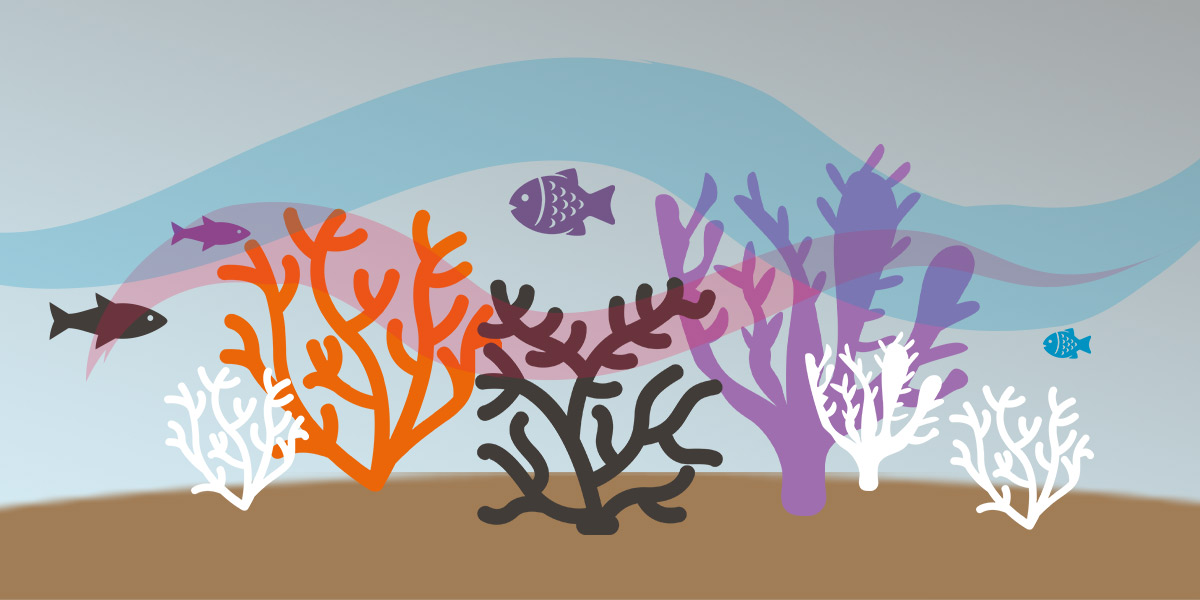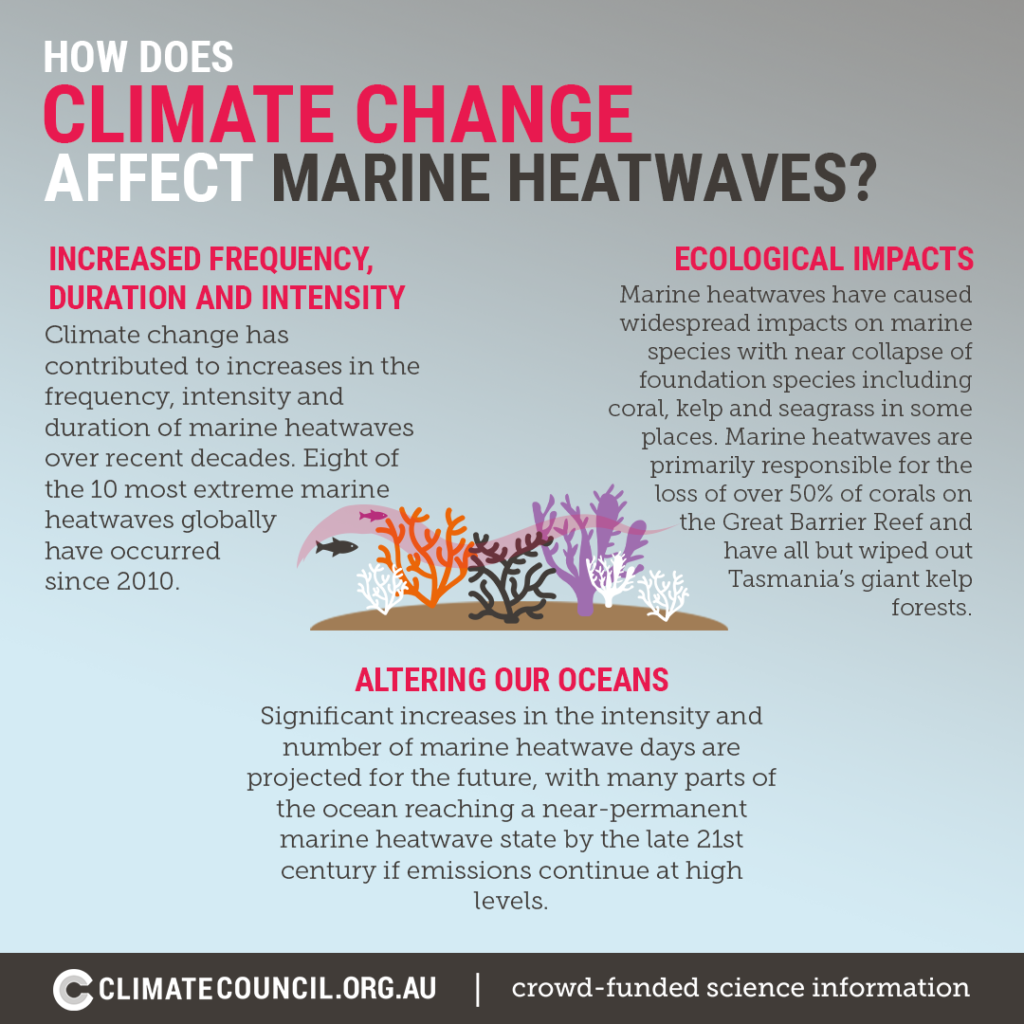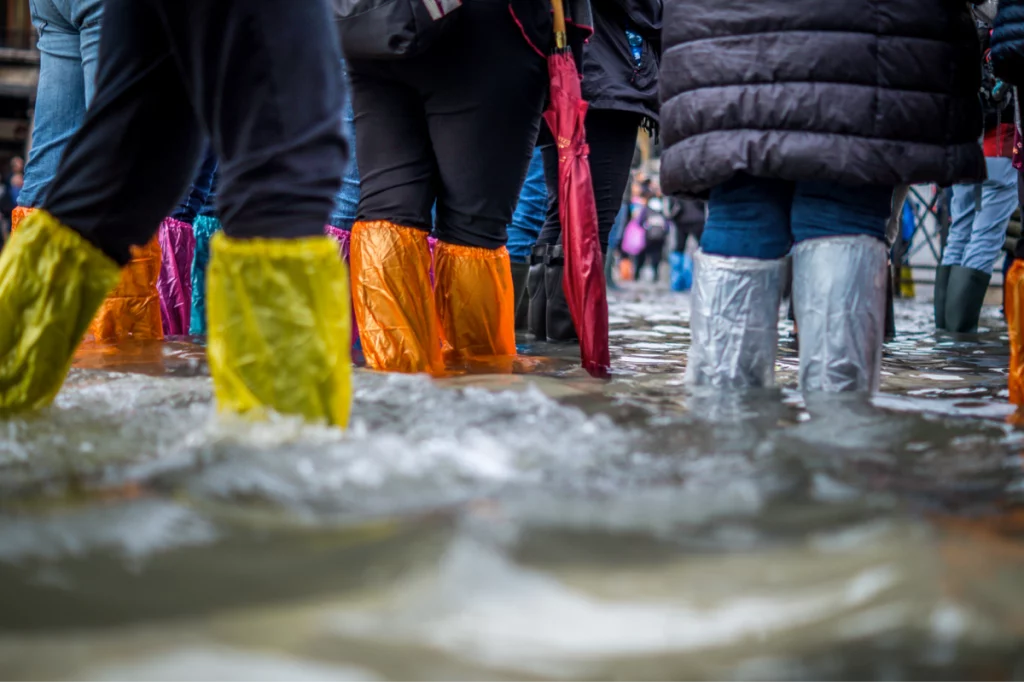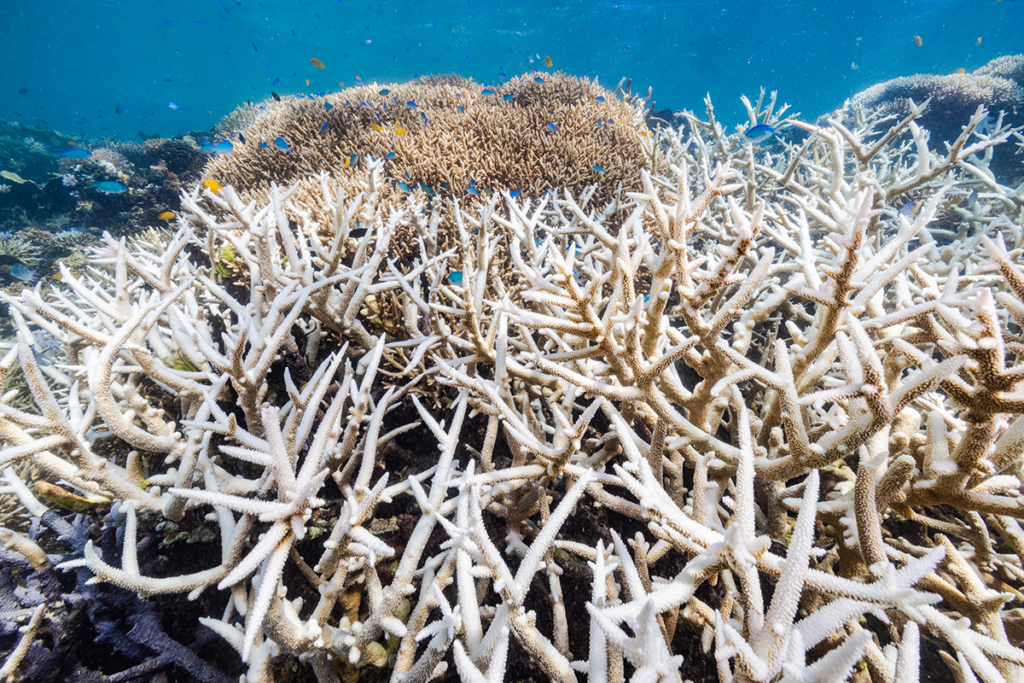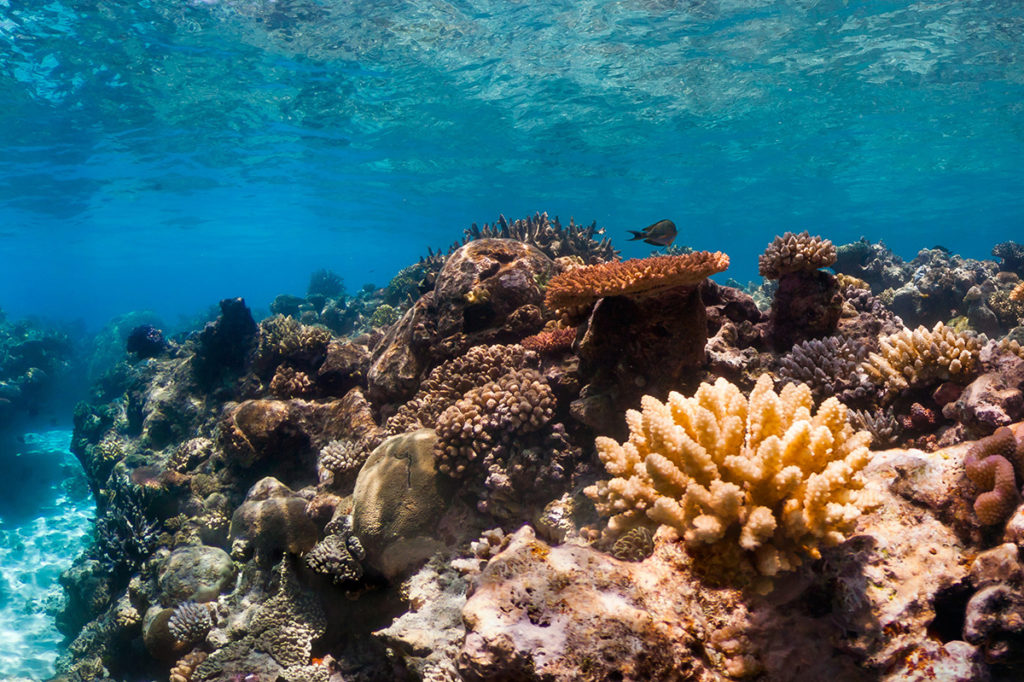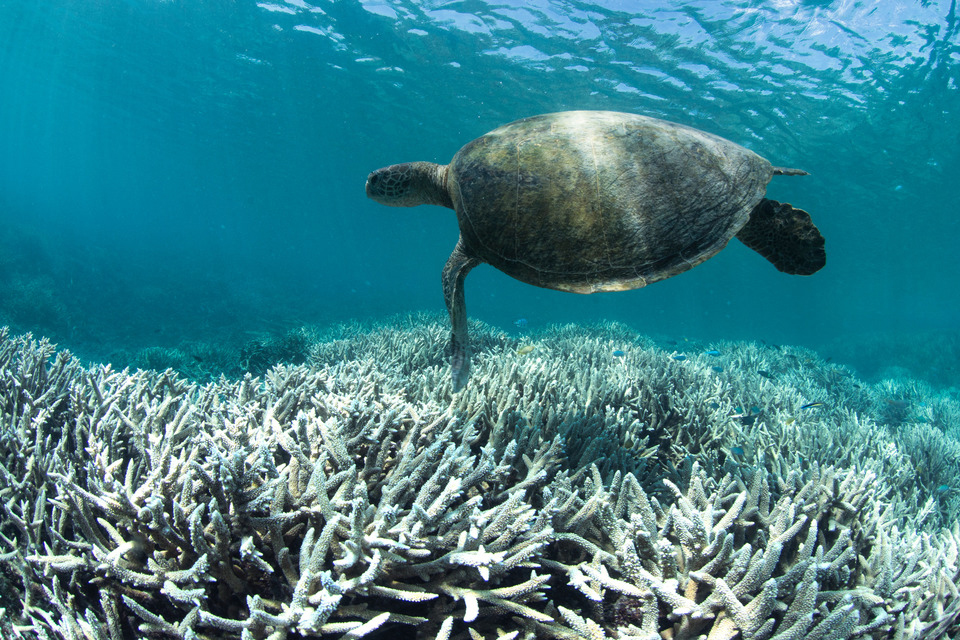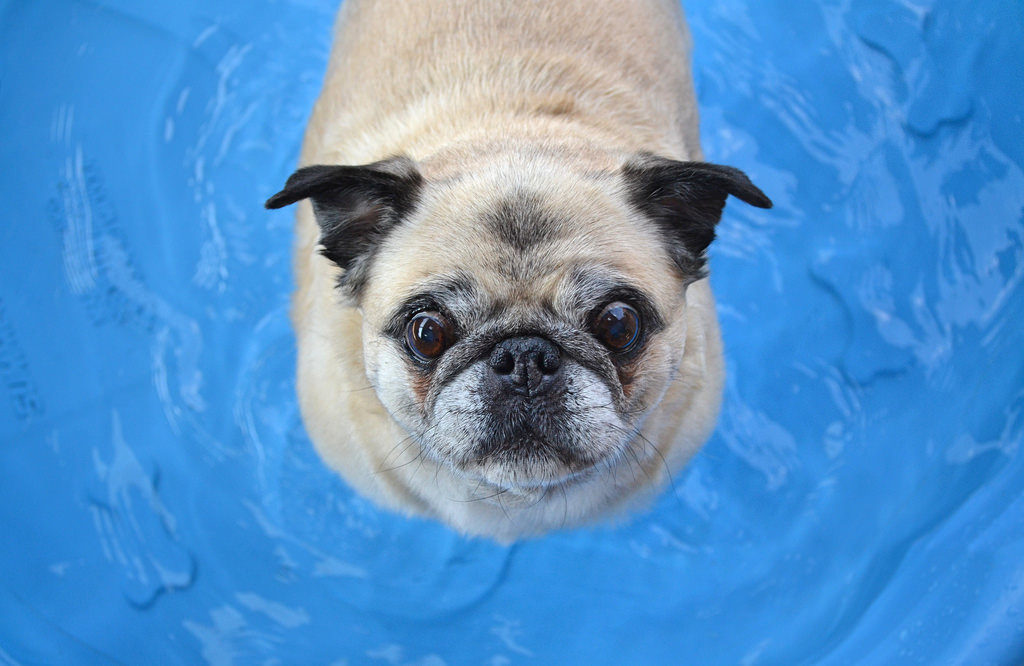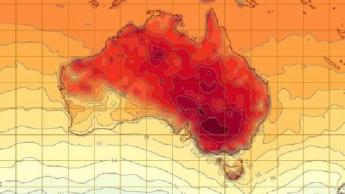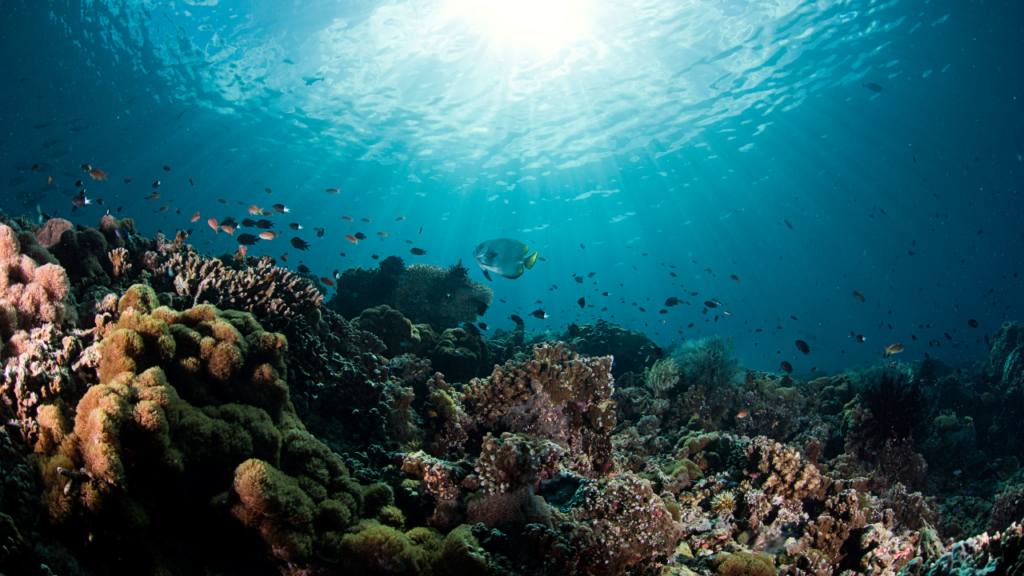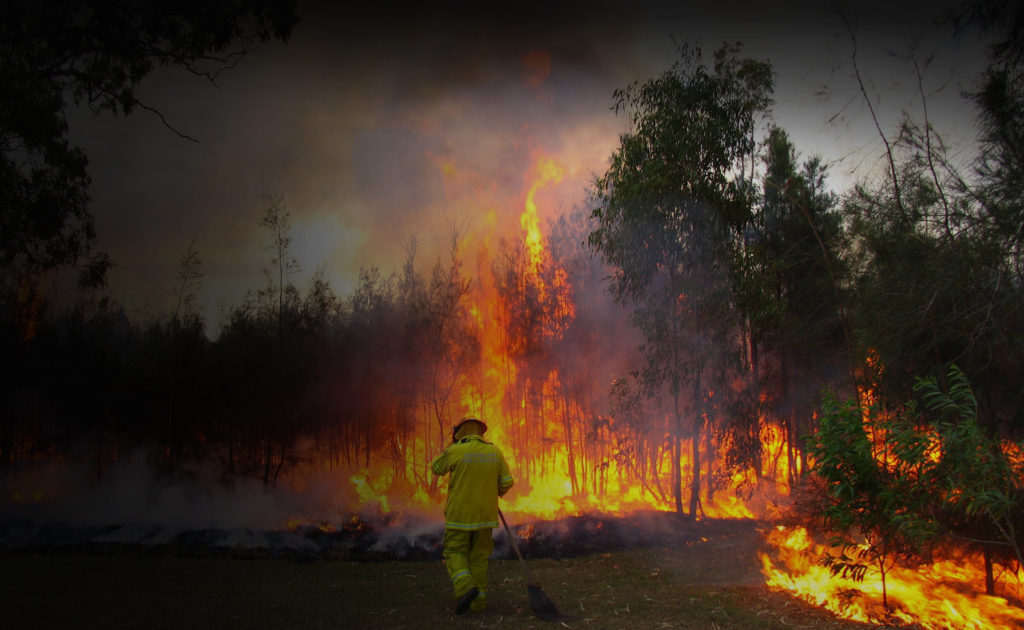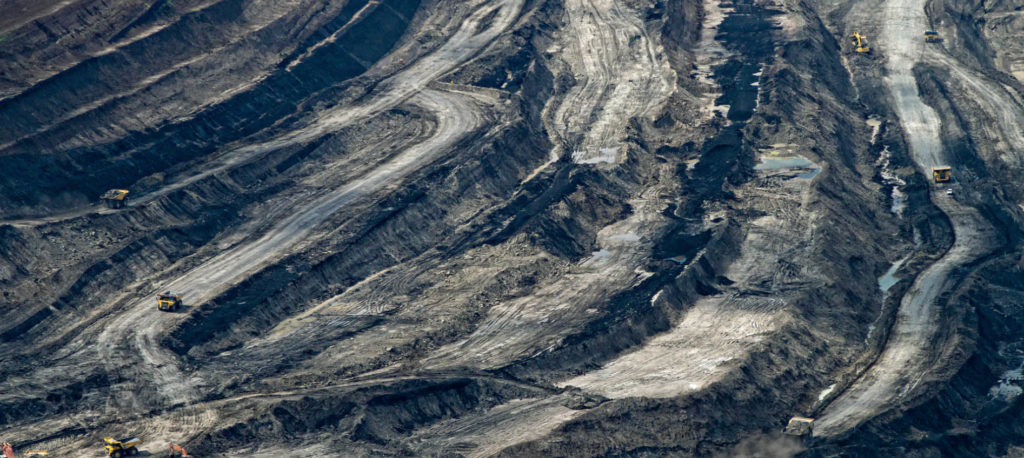Just like heatwaves on land, heatwaves are also causing significant problems in our oceans. Whilst definitions vary, a marine heatwave is generally agreed to be a discrete, prolonged, unusually warm water event in a particular location.
Climate change and marine heatwaves
Climate change has driven an increase in average sea surface temperatures, both globally and around Australia. The upper layers of the ocean have absorbed more than 90% of the excess heat resulting from burning fossil fuels and other human activities. In the Australian region, the average sea surface temperature has risen by over 1C since 1900. As sea surface temperatures have risen, there has been an associated increase in the frequency, intensity and duration of marine heatwaves, as well as their spatial extent. One study found that the number of heatwave days has doubled since the 1980s (due to an increase in both duration and frequency). Globally 8 of the 10 most extreme marine heatwaves have occurred since 2010.
Impacts of marine heatwaves
A variety of impacts have been associated with marine heatwaves, including shifts in species ranges, local extinctions and economic impacts due to declines in aquaculture and important fishery species. One of the most profound impacts of marine heatwaves is on coral reefs. When corals become stressed (e.g. due to marine heatwaves), they lose tiny algae, called zooxanthellae, which live inside their tissues. These algae provide their host coral with food, and give them their characteristic bright colours. When the algae leave, the white skeletons of the corals are revealed, hence the term “bleaching”. Without the algae, the coral loses its major source of food and is more susceptible to disease. If the thermal stress is mild or short-lived, the corals may survive, but if the stress is more severe or prolonged, the corals can die or partially die. Repeated, lower level bleaching events can also lead to loss of corals over time.
In 2016 and 2017, the Great Barrier Reef experienced unprecedented, back-to-back mass bleaching events, caused by marine heatwaves. Climate change led to conditions that made the 2016 bleaching event a whopping 175 times more likely to occur. Again, in 2020, the Reef suffered from a mass bleaching event. Marine heatwaves are primarily responsible for the loss of over half of coral populations on the Great Barrier Reef over the past three decades. The global average interval between coral bleaching events has reduced by around half since 1980 and is now only 6 years; such a narrow window does not allow for the full recovery of coral reefs.
Do say
- Climate change, driven by the burning of coal, oil and gas is warming our oceans.
- Marine heatwaves are a worsening problem and have been linked to mass deaths of sea creatures, birds and corals.
- Climate change is the biggest threat to the future of coral reefs, including the beloved Great Barrier Reef.
- Climate change is making marine heatwaves hotter, longer and more frequent.
- Repeated bleaching events are not sustainable as coral reefs take around a decade to fully recover.
- The burning of fossil fuels is putting the Great Barrier Reef and the 64,000 Australian jobs that depend on it, at risk. Queensland’s $28 billion tourism industry relies on a healthy Reef.
- The best way to ensure the Reef’s future is by accelerating the global effort to drastically cut greenhouse gas emissions this decade.
Don’t show
- People “enjoying” the beach or pool. This trivialises the impact of marine heatwaves.
Do show
- Before and after coral bleaching images
- Humans impacted by marine heatwaves – e.g. from fishing communities, tourism, conservation organisations.

